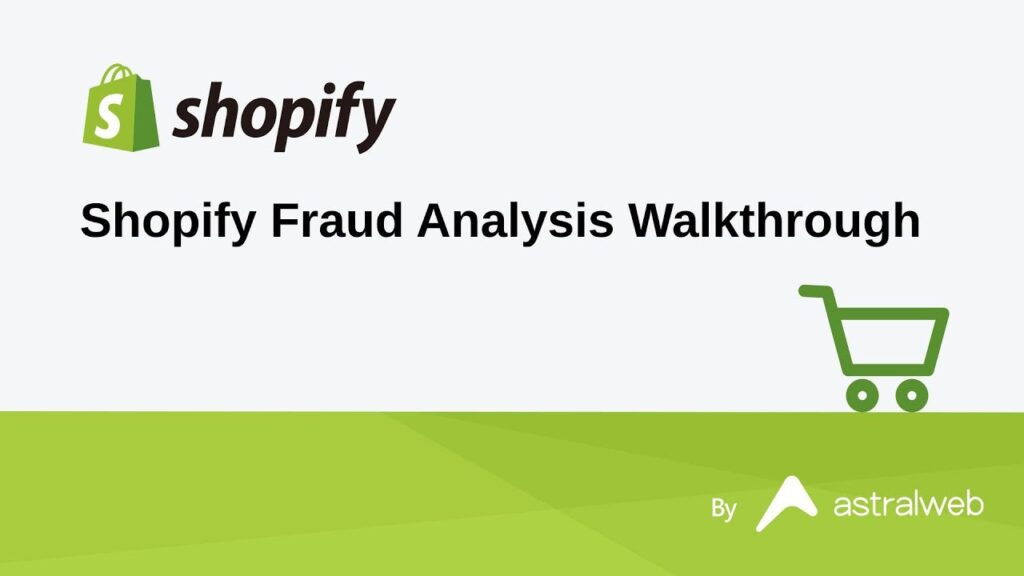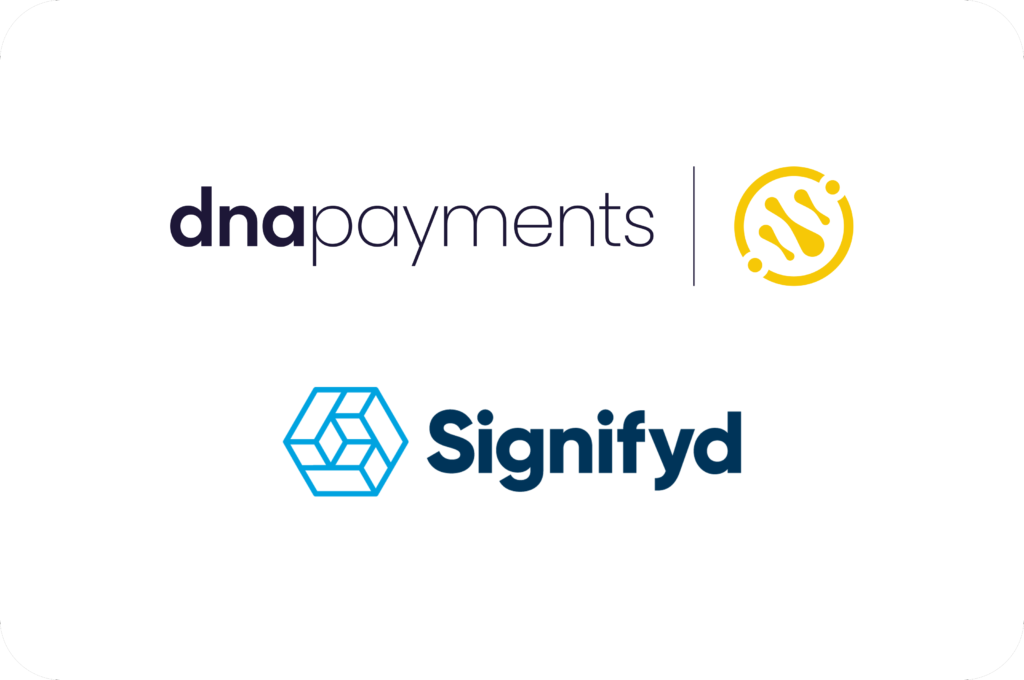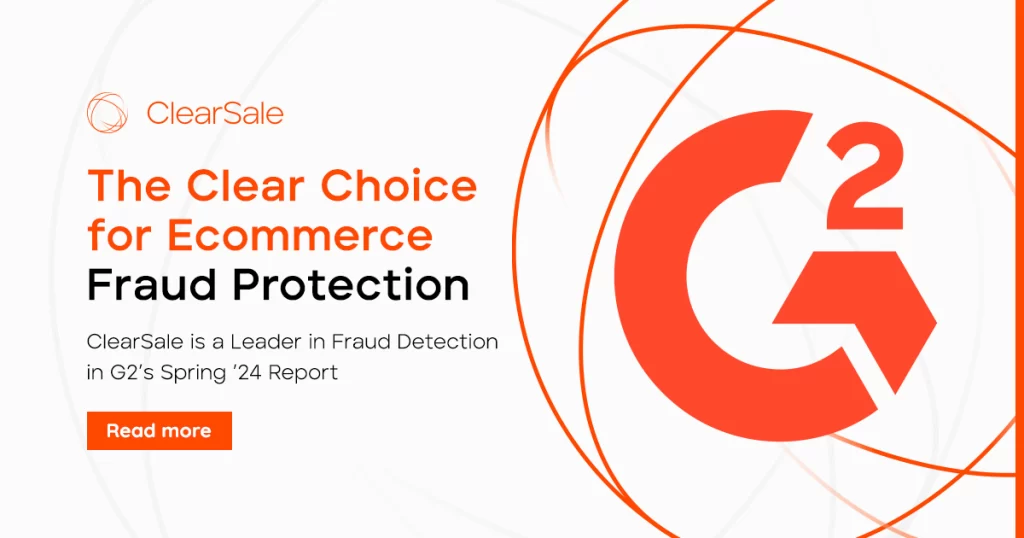
As one of the leading e-Commerce platforms, Shopify attracts its share of online scammers, particularly through fraudulent Shopify stores. In this blog, we will delve into the realm of Shopify scams, providing guidance on how to recognize them, reviewing recent high profile cases, and examining Shopify’s efforts to combat these issues. Additionally, we will offer advice on steps to take if you fall victim to a scam. By reading this article, you will be better prepared to navigate online shopping and protect yourself from Shopify related fraud.
What is Shopify scam stores?
Shopify store scams are fraudulent online shops that use deceptive tactics to trick consumers into buying fake or low quality products, stealing their personal information, or taking their money without delivering the promised goods or services. These scams often operate on the Shopify platform, a popular e-commerce platform, but they can also be found on other online marketplaces.
What are the most common Shopify scams ?
Shopify is a premier platform that enables merchants to effectively sell their products and connect with a broad customer base. However, as your business expands and gains more visibility, it may attract the attention of scammers. Despite its reputation as a leading e-commerce platform, Shopify is not exempt from fraudulent activities. This article will examine the most prevalent Shopify scams and provide guidance on how to safeguard your business from these deceptive practices.
Fake Payment Processing
One common scam involves fraudulent payment processing. Scammers exploit vulnerabilities in the payment system to conduct unauthorized transactions using stolen credit card information on Shopify stores. To safeguard your business, it is crucial to implement stringent security measures such as two-factor authentication and consistently monitor payment transactions for any unusual activity.
Chargeback Fraud
Chargeback fraud occurs when a customer disputes a legitimate purchase with their credit card company after receiving the product or service, claiming the transaction was unauthorized. Merchants can protect themselves by maintaining detailed transaction records, securing proof of delivery, and addressing customer concerns promptly. A well-defined refund policy and excellent customer service can also help mitigate the risk of chargeback fraud.
Dropshipping Scams
With the rise of dropshipping, scammers may exploit this model to deceive both merchants and customers. Fraudulent suppliers might misrepresent products, deliver substandard items, or vanish after payment. To avoid these scams, thoroughly vet suppliers, read reviews, and consider ordering samples before entering into partnerships. Building a reliable network of suppliers is vital for the success of your e-commerce business.
Phishing Attacks
Phishing attacks involve scammers impersonating legitimate entities to trick merchants into divulging sensitive information, such as login credentials or financial details. These scams often appear as deceptive emails or websites mimicking Shopify. Merchants should exercise caution with unsolicited emails, verify the authenticity of communications, and report any suspicious activity to Shopify support.
Fake Apps and Themes
Shopify’s App Store and theme marketplace offer valuable tools for enhancing store functionality and appearance. However, scammers may create fake apps or themes to gain unauthorized access to sensitive information or compromise store security. To avoid these scams, only download apps and themes from the official Shopify marketplace or from reputable themes designers, read reviews, and research developers thoroughly.
Account Takeover Attacks
In account takeover scams, fraudsters gain unauthorized access to a Shopify account by exploiting weak passwords or phishing methods. Once in control, they may alter account details, make fraudulent purchases, or access sensitive information. Merchants can reduce this risk by encouraging customers to use strong, unique passwords and implementing multi-factor authentication.
SEO Spam
Scammers may target Shopify stores with SEO spam, injecting malicious code to manipulate search engine rankings. This can negatively impact a store’s visibility and reputation. Regularly monitor your website for unusual changes, keep your platform and plugins updated, and use security tools to scan for potential vulnerabilities.
Refund Fraud
Refund fraud involves customers exploiting a store’s return policy to obtain refunds without returning the purchased items. Scammers may claim they did not receive the product or received a defective item, leading to chargebacks or unwarranted refunds. Merchants should establish a clear return policy, track return requests, and thoroughly investigate suspicious refund claims.
Ransomware Attacks
Ransomware is malicious software that encrypts a store’s data, making it inaccessible until a ransom is paid. Merchants should regularly back up their data, keep their software updated, and educate staff about phishing risks, which often serve as the entry point for ransomware attacks.
Shipping Fraud
Scammers may exploit the shipping process by using fake shipping addresses, resulting in undeliverable packages or fraudulent chargebacks. Merchants should verify shipping addresses, use reliable carriers, and maintain proactive communication with customers about their orders to prevent shipping-related fraud.
As technology advances, so do the tactics of scammers targeting e-commerce platforms. Shopify merchants must stay informed, implement robust security measures, and cultivate a vigilant approach to protect their businesses and maintain customer trust. Regularly updating security protocols, educating staff and customers, and addressing suspicious activity promptly are essential steps in mitigating the risks of various Shopify scams.
Shopify strategies and tools for fraud prevention:
As e-commerce continues to grow, safeguarding your Shopify store against fraud is crucial. Shopify offers a range of strategies and tools designed to help merchants prevent and manage fraudulent activities effectively. Implementing these measures can protect your business, minimize financial loss, and maintain customer trust. Here’s a comprehensive overview of Shopify’s strategies and tools for fraud prevention:
1. Utilize Shopify Payments
Implementing a secure payment gateway is crucial for preventing fraud, and Shopify Payments offers robust protection. Compliant with PSD2 regulations and equipped with 3D Secure Checkout, Shopify Payments shifts liability for fraudulent chargebacks from you to the card issuer. Additionally, if an eligible Shop Pay transaction occurs in the U.S., you won’t incur costs related to chargeback disputes.
Shopify Payments also features built-in card testing and proxy detection tools. These automated tools, which do not require manual activation, use machine learning and CAPTCHA tests to defend against both bot and human card testing attacks at checkout. Furthermore, Shopify’s fraud analysis assesses various factors such as IP address, billing details, and order characteristics to identify high-risk orders and help mitigate potential fraud.
2. Deploy IP Fraud Scoring Tools
IP fraud scoring tools evaluate the risk of fraud based on an order’s IP address. These tools can detect address mismatches and identify potential bot activity. Shopify integrates similar functionality within its platform, offering fraud analysis that categorizes orders as low, medium, or high risk for chargebacks. High-risk orders are flagged via notification emails, enabling you to review and address these potentially fraudulent transactions.
3. Implement Verification Software
Verification software helps confirm that the details entered during checkout match a legitimate buyer. Key features of verification software include:
· Identity Verification: Ensures that the customer is who they claim to be through methods like two-factor authentication or biometric identification.
· Card Verification: Requires the CVV code an additional security measure to verify that the customer possesses the actual card.
· Address Verification: Confirms that the billing address matches the shipping address to prevent fraud involving stolen credit card details.
According to Cybersource, the average business utilizes multiple fraud detection tools, including credit card verification, identity validation, and two-factor authentication. Shopify allows you to set rules for customer identity verification and automatically assesses details like CVV and billing address to protect against fraudulent orders.
4. Limit Order Quantities
To counteract large-scale fraud, consider setting limits on the number of units a customer can order. Scammers often place large orders using stolen credit card details, so by capping order quantities, you reduce the risk of significant financial loss. Analyzing previous order data can help determine a reasonable limit that prevents fraud without affecting genuine customers.
5. Strengthen Store Policies
Fraudsters often exploit loopholes in retailer policies. Regularly review and update your policies especially those related to returns and loyalty programs to close any gaps. For instance, if you notice a pattern of return fraud, adjust your return policy to require that items still have their original tags. Alternatively, consider offering exchanges or store credit instead of refunds to make your store less attractive to scammers.
6. Review Risky Orders
Identifying common characteristics of fraudulent orders, such as mismatched addresses or multiple transaction attempts, can help spot potential fraud. International orders tend to have higher rejection rates, so be particularly vigilant with these. Shopify Flow can automate the review process, setting up rules to cancel high-risk orders, capture payments for low-risk ones, and alert your team as needed.
7. Train Employees on Fraud Prevention
As your business grows, training employees to recognize and report fraud is essential. Include in your training program:
· The importance of fraud prevention
· How to safeguard sensitive information
· Common fraud schemes
· Tools and methods for detecting fraud
· Reporting procedures for suspected fraud
8. Regularly Update Cybersecurity Measures
Given the online nature of e-commerce, strong cybersecurity is vital. Conduct regular audits and risk assessments to identify and address vulnerabilities. Implement two-factor authentication for all accounts, use strong and unique passwords, and ensure employees have firewalls and antivirus software. Staying proactive with your cybersecurity measures helps protect against evolving fraud threats.
9. Maintain Accurate Records
In the event of fraud or a chargeback, maintaining accurate records is crucial for disputing claims. Shopify simplifies this process by centralizing payment and order data. For chargebacks on eligible Shop Pay transactions in the U.S., Shopify automatically submits evidence to the cardholder’s bank, with the option to add additional information as needed.
Top fraud detection and prevention tools:
When operating an online store on Shopify, it’s essential to have robust fraud detection and prevention measures in place. These tools can help protect your business from fraudulent transactions, chargebacks, and other financial losses. Here are some of the top options:
1. Shopify Fraud Analysis

- Built-in tool: Shopify’s native fraud analysis tool is a good starting point. It uses machine learning to identify suspicious orders based on various factors like customer behavior, shipping address, and payment method.
2. Bolt

- Comprehensive solution: Bolt offers a suite of fraud prevention tools, including order screening, device fingerprinting, and address verification. It also provides real-time risk scoring and fraud alerts.
3. Signifyd

- Advanced AI: Signifyd uses advanced AI and machine learning to detect and prevent fraud in real-time. It provides a high level of accuracy and can help reduce chargebacks.
4. Sift Science

- Behavioral analytics: Sift Science focuses on analyzing customer behavior to identify fraudulent activity. It uses machine learning to detect patterns and anomalies.
5. Forter

- Global fraud prevention: Forter offers a global fraud prevention solution that can help protect your business from a wide range of threats. It uses advanced machine learning and data science.
6. MaxMind

- IP address intelligence: MaxMind provides IP address intelligence that can help you identify potential fraud based on the location of the customer.
7. Riskified

- End-to-end fraud protection: Riskified offers an end-to-end fraud protection solution that includes order screening, chargeback prevention, and customer support.
8. ClearSale

- Global fraud prevention: ClearSale provides a global fraud prevention solution that can help protect your business from a variety of threats. It offers a high level of accuracy and can help reduce chargebacks.
What to Do if You Encounter a Shopify Scam Store?
- Report the Store: Inform Shopify and other relevant authorities to help prevent others from falling victim to the scam.
- Avoid Providing Personal Information: Do not enter any personal or financial details if you suspect a site might be fraudulent.
- Seek Refunds and Dispute Charges: If you have already made a purchase, contact your payment provider to dispute the transaction and seek a refund.
- Monitor Your Accounts: Keep an eye on your financial accounts for any suspicious activity and report any unauthorized transactions immediately.
Conclusion:
In the ever-evolving landscape of e-commerce, safeguarding your Shopify store from fraud is more crucial than ever. Shopify provides a comprehensive suite of strategies and tools designed to help merchants protect their businesses from various fraudulent activities. By leveraging Shopify Payments with its advanced fraud prevention features, utilizing fraud analysis and IP scoring tools, and implementing robust verification processes, you can significantly reduce your risk of falling victim to scams.





